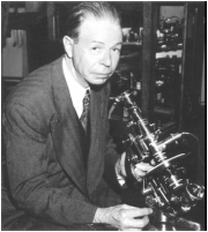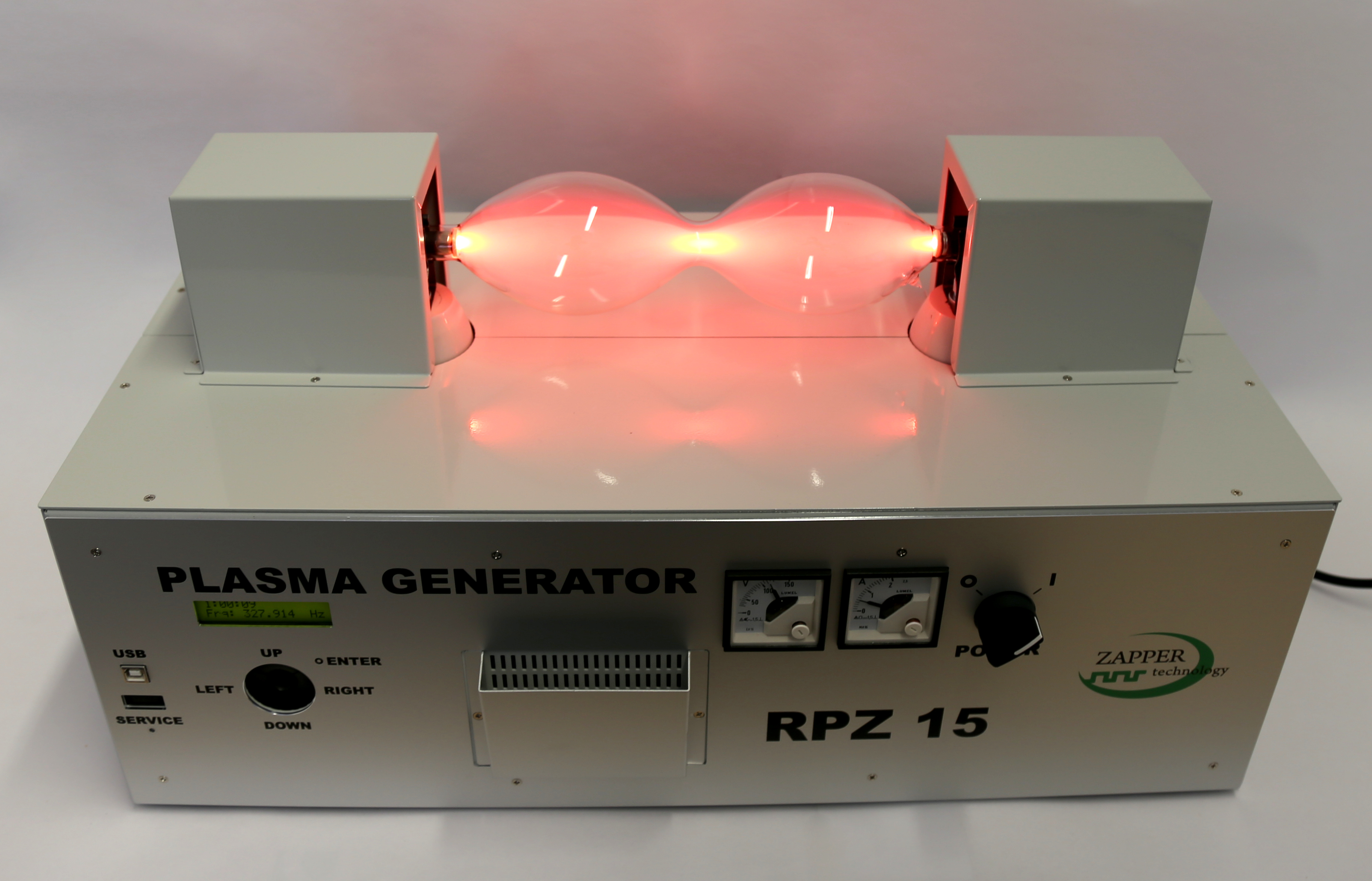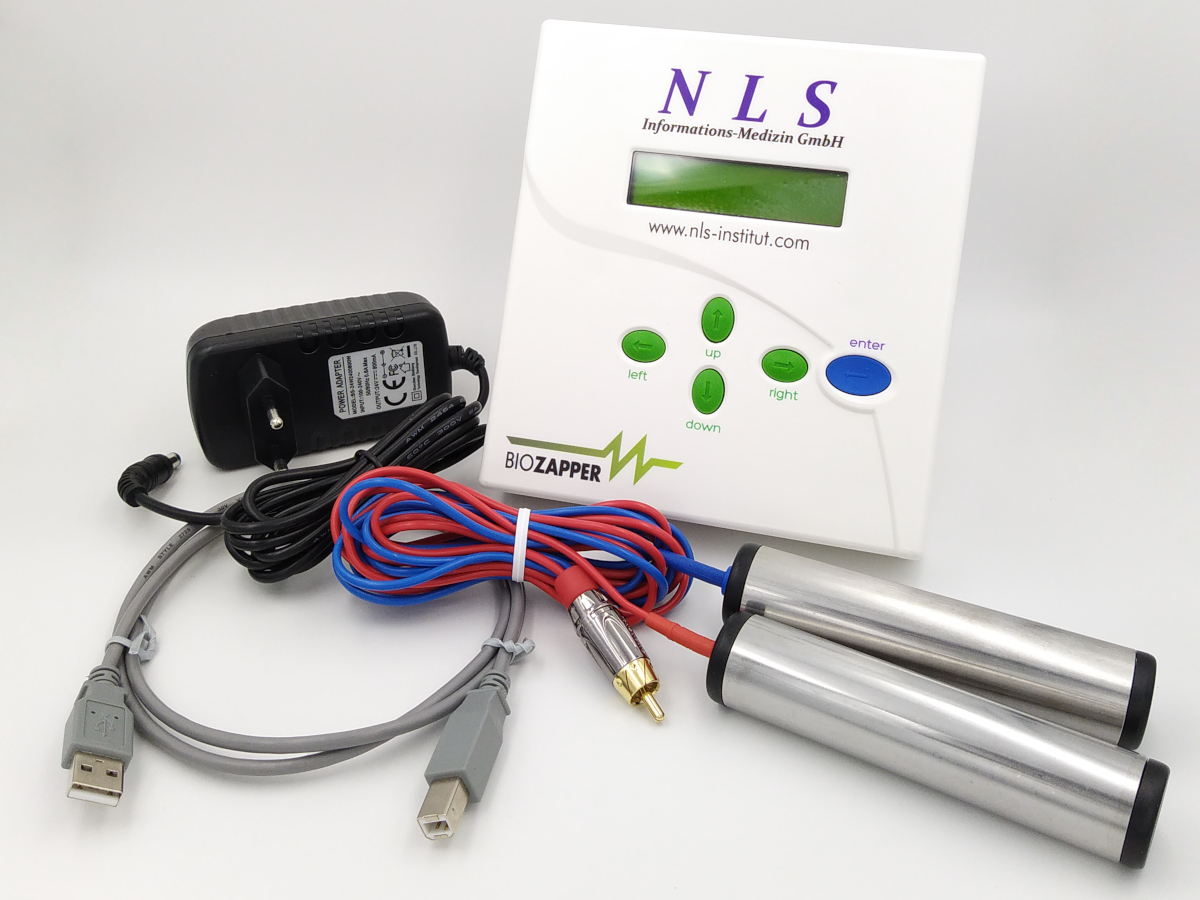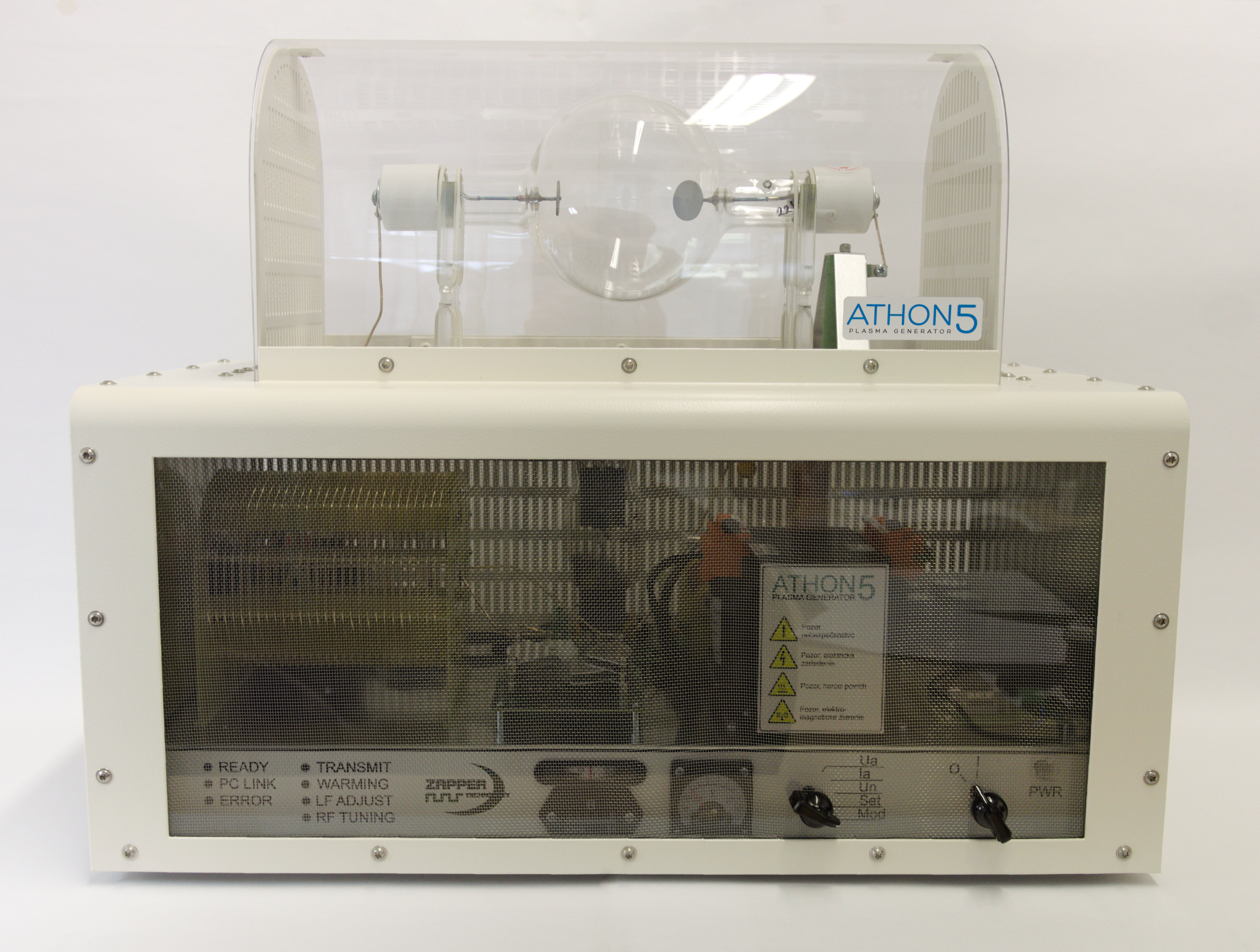
Introduction to frequency therapy according to Dr Royal Rife
Definition and meaning
Frequency therapy, often referred to as frequency medicine, is an alternative treatment method that aims to treat diseases and ailments through the application of specific frequencies. This method is based on the assumption that every cell, every organ and every pathogen in our body has a specific frequency. Targeted frequencies should make it possible to restore balance in the body and support healing processes.
What is frequency therapy?
Frequency therapy uses electrical, magnetic or acoustic waves to influence the vibrations in the human body. These vibrations are crucial for health and well-being, and disturbances can lead to illness. By applying the right frequencies, these disturbances can potentially be eliminated.
The importance of frequency therapy
The importance of frequency therapy lies in its non-invasive nature and the potential to treat a variety of health problems. Unlike traditional medical procedures, which are often medicinal or surgical, frequency therapy offers a gentle alternative. It can be used to treat pain, inflammation and even chronic diseases such as cancer.
Historical roots
The roots of frequency therapy go back a long way and can be found in various cultures and medical traditions. From the ancient Egyptians to the Greek healers, the idea that vibrations and frequencies can have a healing effect is not new.
In modern times, frequency therapy has been further developed and popularised by the groundbreaking work of Dr Royal Rife, a pioneer in the field.
His research and discoveries have brought frequency therapy into the focus of modern alternative medicine and today offer an exciting field for further scientific research and applications.
Dr Royal Rife: An overview of his life and career
Dr Royal Raymond Rife, born on 16 May 1888 in Elkhorn, Nebraska, was an American researcher and inventor who was best known for his work in the field of frequency therapy.
His career was characterised by groundbreaking discoveries and innovative approaches that had the potential to fundamentally change medicine.
From a young age, Rife showed a keen interest in science and technology. He studied electrical engineering and began his career as an engineer. His passion for microscopy led him to develop the Universal Microscope, one of the most advanced microscopes of its time. With this device, Rife was able to observe microorganisms in unprecedented detail.
In the 1920s and 1930s, Rife devoted himself intensively to researching frequencies and their influence on pathogens. He discovered that certain frequencies were able to destroy specific bacteria and viruses without damaging the surrounding tissue.
These discoveries laid the foundation for his later work in the field of frequency therapy.
A particular milestone in Rife's career was the development of the so-called "Rife machine", a device that generates targeted frequencies to treat diseases.
Particularly noteworthy is his work on cancer treatment, in which he claimed to be able to destroy cancer cells using specific frequencies.
This method aroused great interest, but also considerable controversy within the scientific community.
Dr Royal Rife's life was marked by a relentless pursuit of knowledge and innovation. Despite the challenges and opposition he faced, he left behind an impressive legacy that continues to inspire researchers and medical practitioners.
Dr Rife's discovery of frequency therapy:
Historical Context and Scientific Foundations
Dr Royal Rife's discovery of frequency therapy marks a significant milestone in the history of alternative medicine. In the 1920s and 1930s, Rife devoted himself to researching the effect of frequencies on microorganisms.
His work began with the development of the Universal Microscope, which enabled him to observe bacteria and viruses in unprecedented detail.
Using his microscope, Rife was able to identify the specific vibrational frequencies of pathogens.
He realised that each type of bacterium and virus has its own unique frequency. This discovery led to the hypothesis that it was possible to destroy harmful microorganisms by applying frequencies without damaging the surrounding healthy tissue.
This approach was revolutionary and laid the foundation for frequency therapy.
Rife's research was based on the theory of resonant frequencies, also known as the "Mortal Oscillatory Rate" (MOR).
According to this theory, the application of a certain frequency can destabilise and ultimately destroy the cell membrane of a microorganism.
Rife conducted numerous experiments in which he applied specific frequencies to pathogens and observed their destruction.
A notable breakthrough in Rife's research was the development of the "Rife Machine", a device that generates frequencies to target pathogens. This machine was tested in several clinical trials in which Rife claimed to have achieved impressive results, particularly in the field of cancer treatment.
The scientific foundations of frequency therapy laid by Dr Rife have opened the door to a new era of medical research. His work has not only expanded the understanding of frequencies and their biological effects, but has also shown the potential for innovative treatment methods.
Dr Rife's revolutionary approaches to cancer treatment:
Methods, Successes and Controversies
Dr Royal Rife developed his revolutionary approaches to cancer treatment through the use of specific frequencies that target cancer cells. His method was based on the theory of resonant frequencies, where certain frequencies can destabilise and destroy the cell membranes of cancer cells without damaging the surrounding healthy tissue. This method was groundbreaking and differed fundamentally from the treatment options commonly used at the time, such as surgery, radiotherapy and chemotherapy.
Frequency therapy methods in cancer treatment
Dr Rife used the "Rife machine" he had developed to apply targeted frequencies to cancer cells. This machine emitted electromagnetic waves with specific frequencies that were tuned to the "Mortal Oscillatory Rate" (MOR) of the cancer cells. The application of these frequencies led to the destruction of cancer cells in laboratory tests and later in clinical applications.
Successes and results
In the 1930s, Dr Rife conducted several clinical trials in which he claimed to have achieved impressive results. One notable example is the alleged cure of 16 cancer patients who were considered incurable. These successes aroused great interest in the medical community and among the public, as they represented a gentler and potentially more effective alternative to conventional cancer treatments.
Controversy and opposition
Despite the reported successes, Dr Rife encountered considerable resistance within the scientific and medical community. Critics questioned the scientific validity of his methods and demanded more rigorous scientific evidence.
Rife also came into conflict with the American Medical Association (AMA), which categorised his work as unproven and potentially dangerous. These controversies ultimately led to the suppression of his research and the closure of his laboratories.
Dr Royal Rife's approaches to cancer treatment remain a controversial topic to this day.
While some recognise his work as groundbreaking, others call for further scientific research and clinical trials to definitively confirm the efficacy and safety of frequency therapy.
Current status of frequency therapy:
Research, Applications and Recognition in Modern Medicine
In recent decades, frequency therapy, inspired by Dr Royal Rife, has generated considerable interest in the scientific community. Despite the initial controversy surrounding Rife's work, research in this field has evolved and modern studies have begun to examine the potential and limitations of this method in more detail.
Advances in research
Frequency therapy has evolved and numerous studies are looking at the potential applications of this technique. Researchers around the world are investigating the effect of specific frequencies on different pathogens and cell types. For example, some studies have shown that certain frequencies are able to inhibit the replication of viruses or slow down the growth of cancer cells. These findings are based on the theory of resonant frequencies, which was originally developed by Dr Rife.
Applications of frequency therapy
The applications of frequency therapy are diverse and range from treating chronic pain to helping wounds heal.
Some modern devices use electromagnetic waves to promote tissue healing, reduce inflammation and improve circulation.
In oncology, there continues to be interest in the use of frequencies for the targeted destruction of tumour cells, although these applications are still at an experimental stage.
Recognition in modern medicine
Although frequency therapy is showing promising results in some areas, its recognition in conventional medicine remains limited. Many doctors and scientists are calling for more rigorous clinical trials and reproducible results to confirm the efficacy and safety of this method. Nevertheless, there are specialised clinics and practices around the world that offer frequency therapy as a complementary treatment method.
Overall, the current state of frequency therapy shows that this method still has a lot of potential, but further research and clinical validation are needed to achieve wider recognition in the medical community.
Future prospects and potential of frequency therapy:
Possibilities for cancer treatment and other medical fields
Frequency therapy, inspired by the pioneering work of Dr Royal Rife, offers promising future prospects in modern medicine. Its applications are diverse and could revolutionise the way diseases are treated. There is particularly interesting potential in the treatment of cancer and chronic diseases.
Potential in cancer treatment
frequency therapy could play a significant role in the future of cancer treatment. Through the targeted application of specific frequencies, cancer cells could be destroyed without damaging the surrounding healthy tissue. This would represent a gentler alternative to conventional methods such as chemotherapy and radiotherapy. Current research is focussed on identifying the optimal frequencies and confirming their effect in clinical studies.
Applications in other medical fields
In addition to cancer treatment, frequency therapy shows potential in the treatment of other chronic diseases such as fibromyalgia, arthritis and even neurological disorders. Studies have shown that the application of certain frequencies can promote pain relief and reduce inflammation. This could be particularly beneficial for patients who do not respond to or cannot tolerate conventional therapies.
Further development and integration
The future of frequency therapy depends heavily on further scientific research and clinical trials. Researchers worldwide are working to validate the efficacy and safety of this method. The integration of frequency therapy into conventional medicine could be accelerated through the development of standardised protocols and the training of professionals.
overall, frequency therapy, based on the pioneering work of Dr Royal Rife, offers exciting possibilities for the future of medicine. Its non-invasive nature and potential for targeted treatments make it a promising approach that should be further researched and developed.
Become a member now
As a member, you will receive further information and frequencies on this topic! Log in here!



